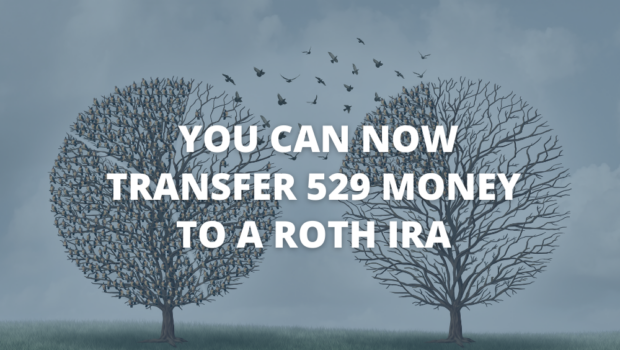What is tax-loss harvesting? Tax-loss harvesting is the practice of selling a security that has experienced a loss and replacing it with a very similar security. The idea is that you will be able to apply these losses against any realized gains or income on your tax return to help lower your tax bill while maintaining an optimal asset allocation. Losses can be indefinitely carried forward and applied to offset future realized gains until they are exhausted.
This classic piece of investment advice is everywhere for a good reason. Spreading your investments across numerous asset classes and sectors reduces your portfolio’s reliance on any particular one. It’s meant to mitigate your loss—if one sector were to decrease, your diversification across multiple sectors can reduce the impact of those losses. There are levels of diversification, too.
If an asset is on the rise, there can be some sense in jumping in on that trend. Those trends, after all, represent the flow of capital. Instead of trying to fight that flow, you might potentially be better off joining it—assuming you do the proper analysis and have specific rules set in your Model to guide you in entering and exiting the investment at an appropriate time.
An objective is a specific goal and like the actions you take when you want to reach a personal objective (like figuring out a daily workout routine for when you want to lose weight), money should be a means in order to achieve both long-term or short-term goals.
Are you looking for clarity, conviction and unfiltered advice about your wealth?
You’ve come to the right place.
Many of the best dividend growth stocks don’t have high yields. Let that sink in for a moment. Consider this: when a company pays out a dividend, that’s not free money. On the contrary, it’s less money that goes back into the company which can slow growth down. In fact, high yield could be a sign that there isn’t much growth to be had at all.
Receiving an inheritance is overwhelming—especially when your loved one had specific wishes for how the inheritance should be used. You may quickly realize how many options you have and that you don’t know the best way to maximize your newfound wealth while fulfilling those wishes.
Understanding your investment time horizon is a key component of success in the investment world because it’s the period of time you expect to hold an investment strategy until you’d like the money back. Since the inception of the S&P 500, there have been zero rolling 20-year periods where (if you were invested solely in the S&P 500) you didn’t have more money than when you started.
The world can be unpredictable and volatile. Events like global pandemics, divisive elections, or soaring inflation bring about uncertainty and fear for investors. However, the best thing you can do is stay focused on developing a plan that will help carry your success forward so you can continue building the future you dream of. As the saying goes, even if the plan is simple, it may not be easy.



